Get the best of Smithsonian.com by email. Keep up-to-date on:
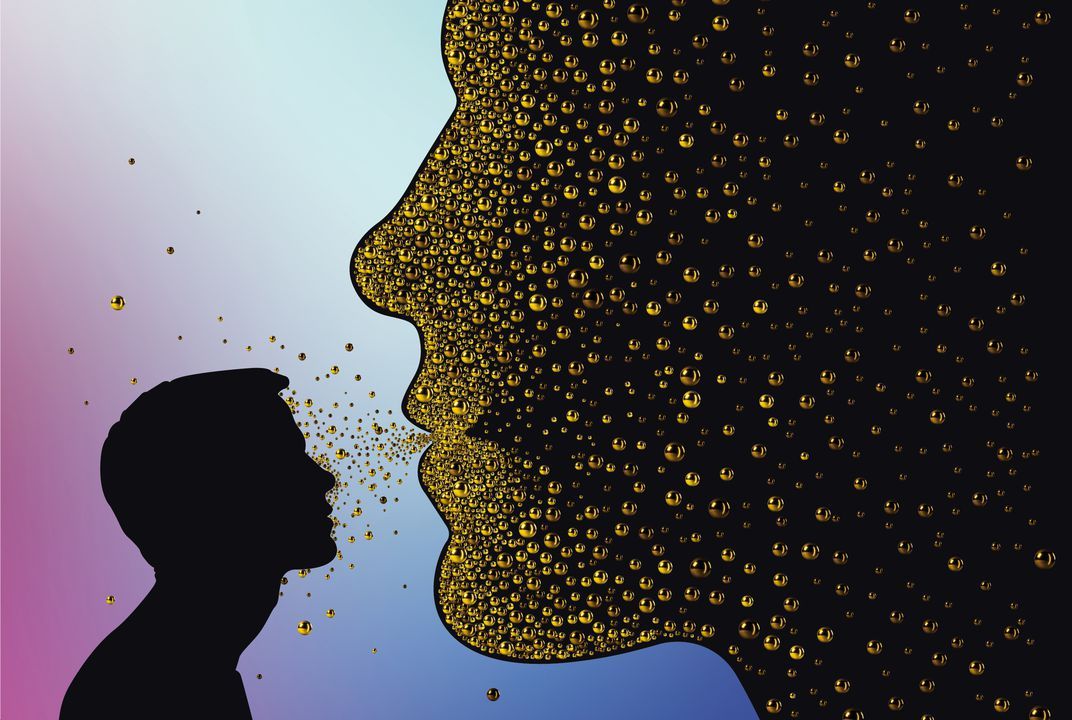

Get the best of Smithsonian.com by email. Keep up-to-date on:
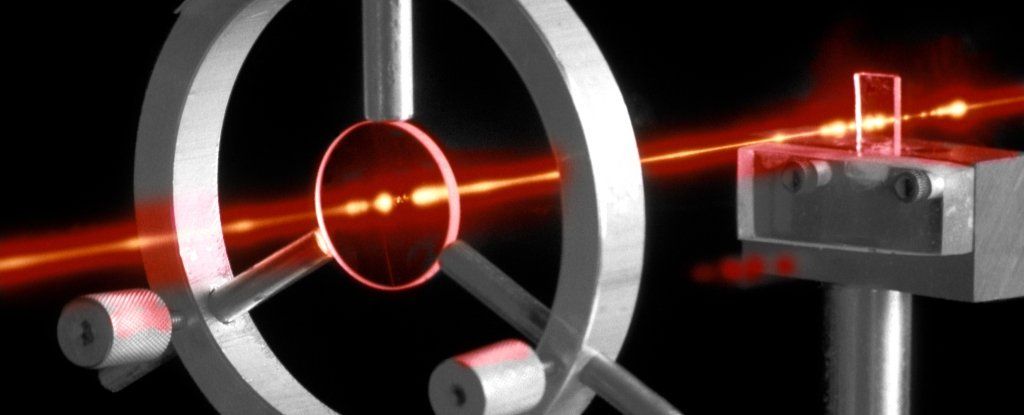
Theoretically, it should be possible to turn light into matter. In practice, well — “easier said than done” is an understatement.
Now, 84 years after the process was first theorised, some researchers reckon they’re going to be able to do it — and they’re about to start the experiment.
It’s called the Breit-Wheeler process, and it all has to do with E=mc.
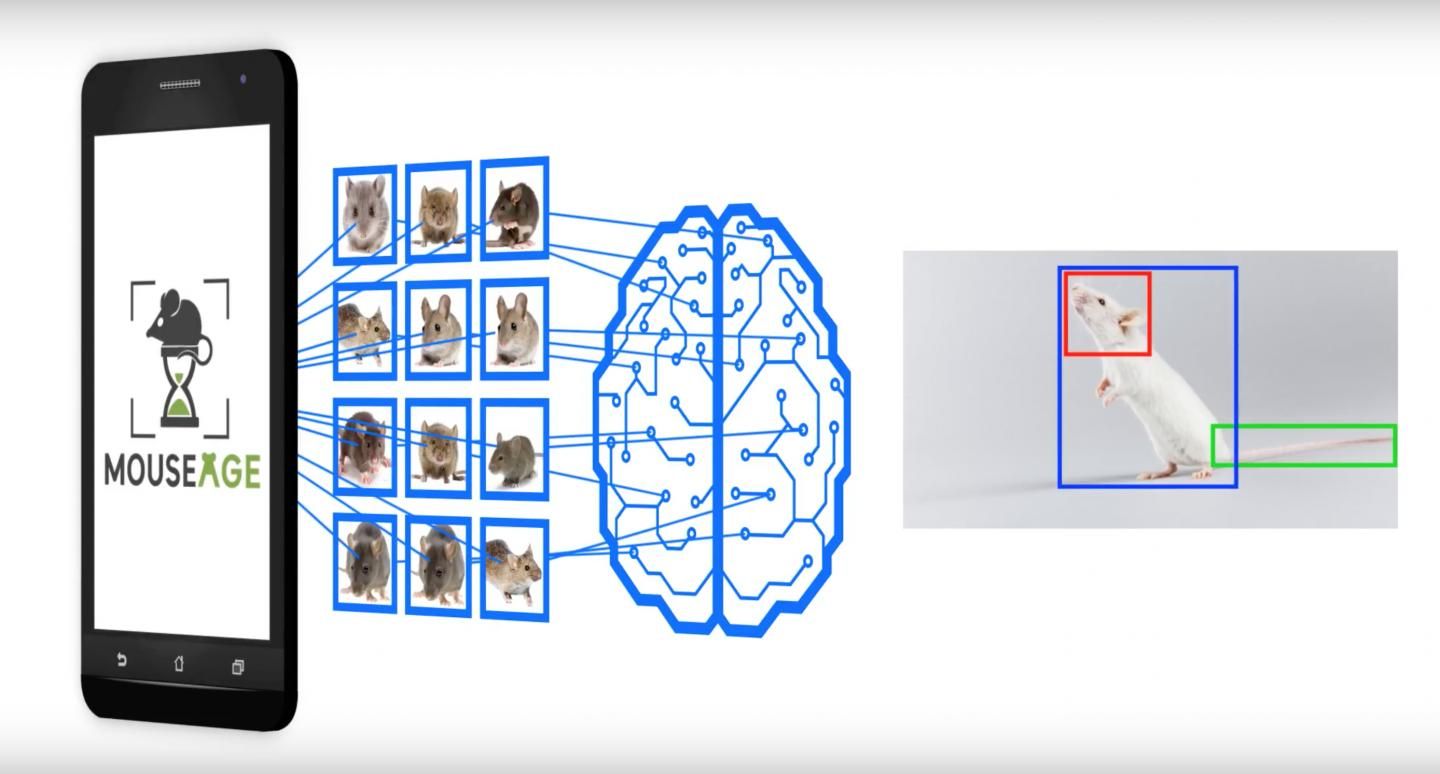
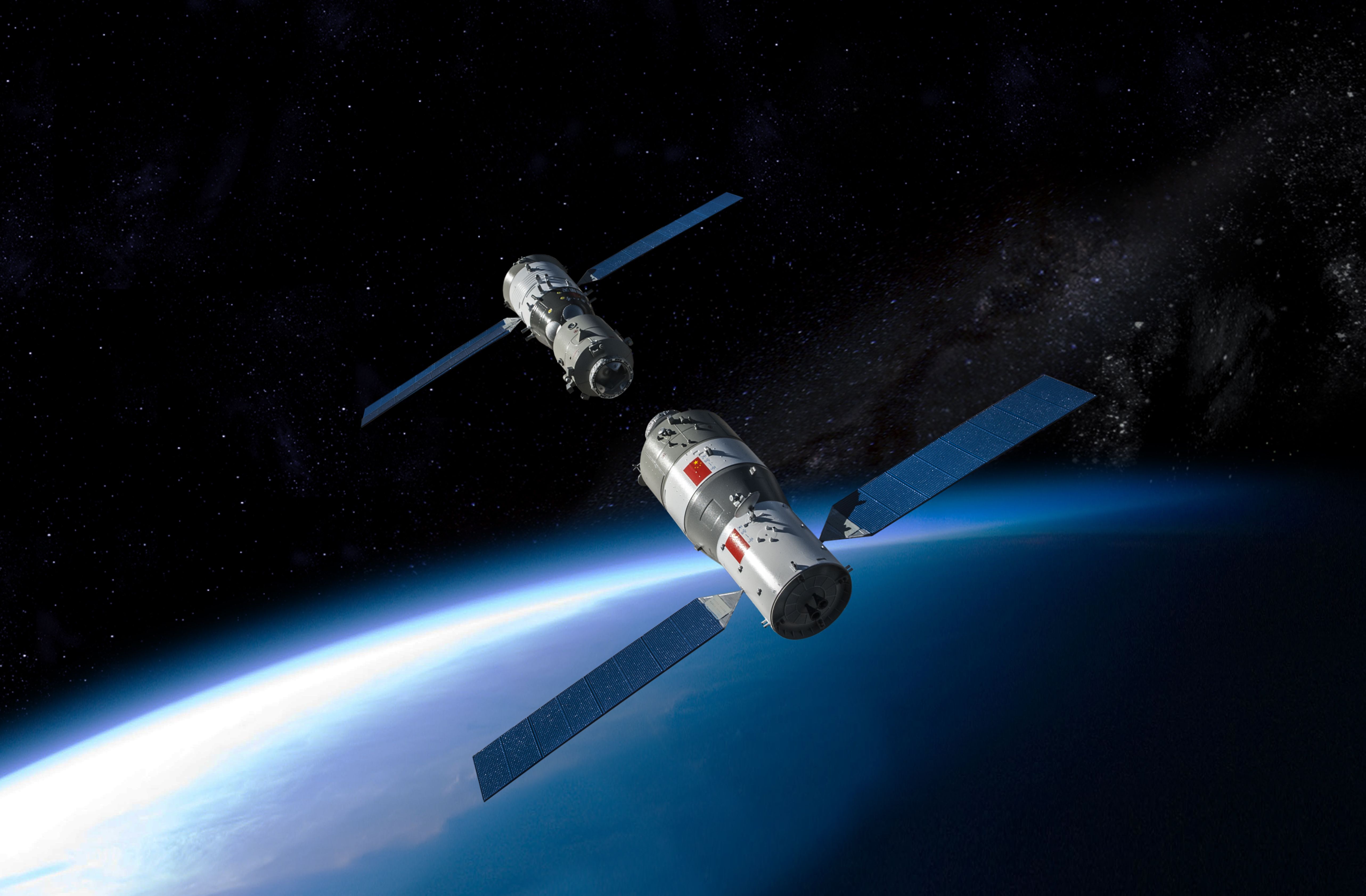
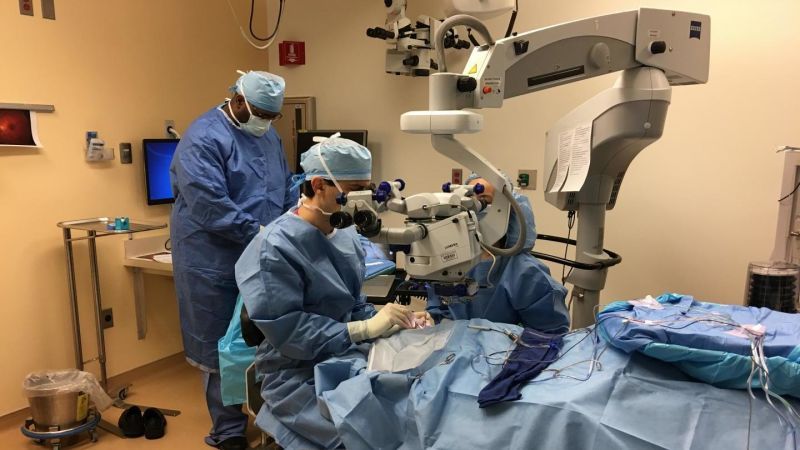
On Tuesday, a 13-year-old boy from New Jersey was at the center of medical history as he became the first person in the US to receive an FDA-approved gene therapy for an inherited disease. The event marks the beginning of a new era of medicine, one in which devastating genetic conditions that we are born with can be simply edited out of our DNA with the help of modern biomedical technologies.
The therapy, Luxturna, from Spark Therepeutics, was approved by the FDA in December to treat a rare, inherited form of blindness. Its price tag, set at $850,000—or $425,000 per eye—made it the most expensive drug in the US and sparked mass sticker-shock. But the therapy, which in high-profile clinical trials has allowed patients to see the stars for the first times, also offered the almost miraculous possibility of giving sight to the blind.
The therapy is intended to treat retinal diseases, including leber congenital amaurosis or retinitis pigmentosa, caused by mutations in the RPE65 gene. The RPE65 gene produces an enzyme that helps the eye process light. In these disorders, severe visual impairment begins often in infancy, and sometimes degrades over time. Some people with a mutated copy of the gene can see during the day; others are legally blind. The drug works by delivering a correct copy of the RP65 gene to retinal cells, allowing the patient to produce the deficient enzyme—and, hopefully, restoring their vision. (Luxturna is considered by some to be the first “true gene therapy” approved by the FDA, since other approved therapies, like those for blood cancers, involve removing a patient’s cells from their body, modifying them externally, and then infusing them back into the body.)

Today’s (March 21) Google Doodle honors the Mexican astronomer Guillermo Haro, who would have been 105 today.
His signature discovery was the Herbig-Haro object, a celestial phenomenon named after Haro and the American astronomer George Herbig, who was researching the same occurrences at around the same time.
Herbig-Haro objects are jets of gas and other matter erupting from newly formed stars which collide with the gas and dust around them at the speed of several hundreds of kilometers a second.


Breast and ovarian cancers are scary, anxiety-provoking diseases, and with good reason. Although breast cancer isn’t the cancer that kills the most women (lung cancer holds that distinction), it is the most commonly diagnosed cancer in women. And ovarian cancer is difficult to find in its early stages. But anyone willing to spit in a tube and pay $199 will soon be able to find out if they have a particular genetic predisposition to either of these cancers.
This month, the FDA granted the genetics company 23andMe permission to offer direct-to-consumer testing for three of the more than 1,000 known variants of the genes BRCA1 and BRCA2The variants may also boost the risk of prostate cancer and melanoma.

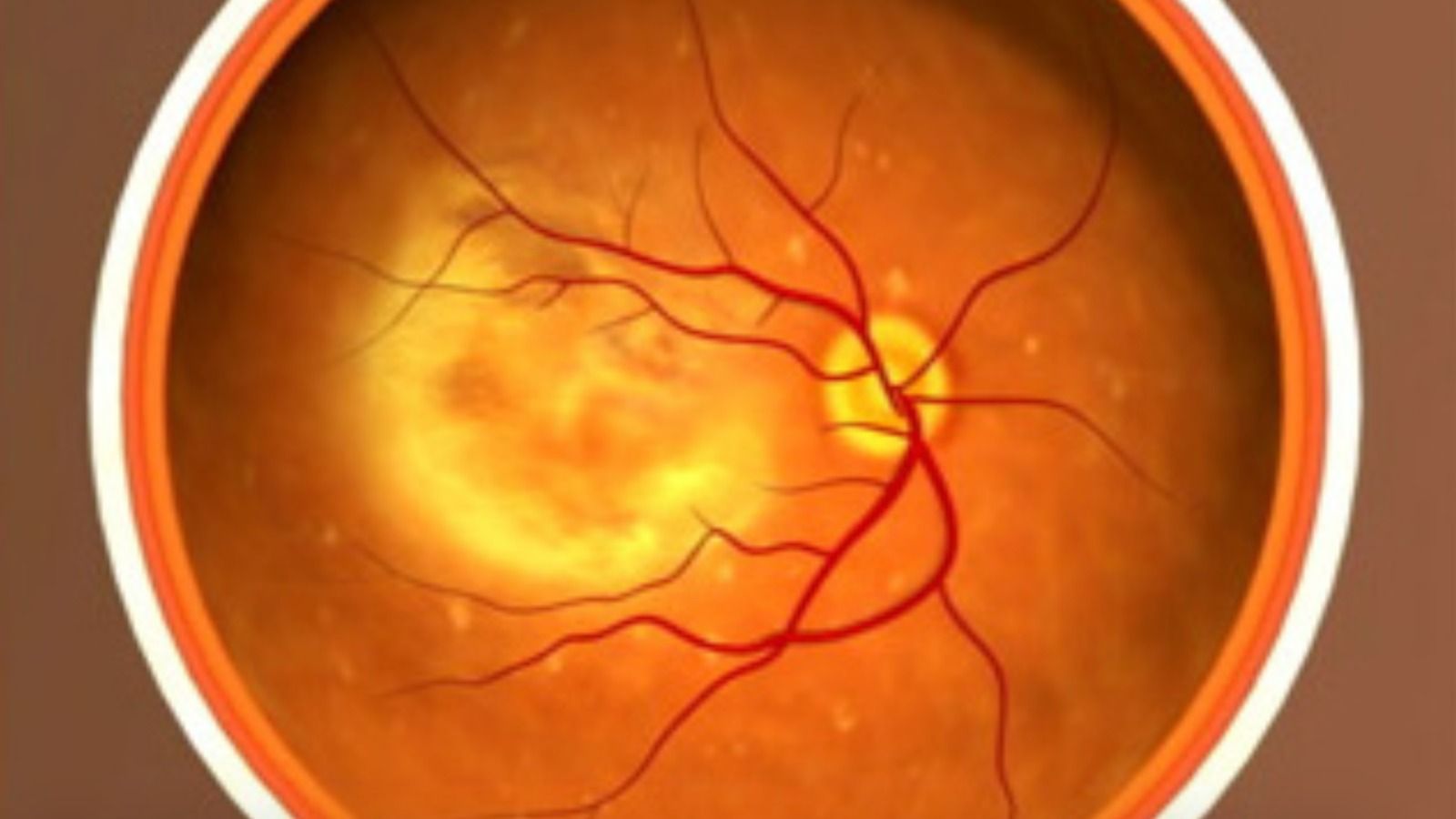
British doctors have taken a huge step towards curing a common form of age-related chronic eye condition.
Two elderly patients with macular degeneration at Moorfields Eye Hospital in London were given a cutting-edge stem cell therapy as part of a small trial to improve vision for people with sudden and severe loss of vision caused by what’s known as “wet” macular degeneration, in which abnormal blood vessels grow under the retina and macula in the eye. “Wet” macular degeneration is less common than “dry” macular degeneration, but it is a more severe form of the disease that occurs as “dry” macular degeneration progresses. It rarely causes total blindness, but it can cause blurriness and blind spots that make it hard to see clearly. The idea was to replace those diseased eye cells using stem cells that were derived from a human embryo and then inserted into the back of the eye.
Embryonic stem cells are special because they have the ability to become any other cell type in the human body. In this case, they were coaxed into becoming the kind of cell that makes up the retinal pigment epithelium. They were embedded into a scaffold to hold them in place, a living patch of cells only one layer thick. That patch was then surgically inserted under the rods and cones in the back of the eye.